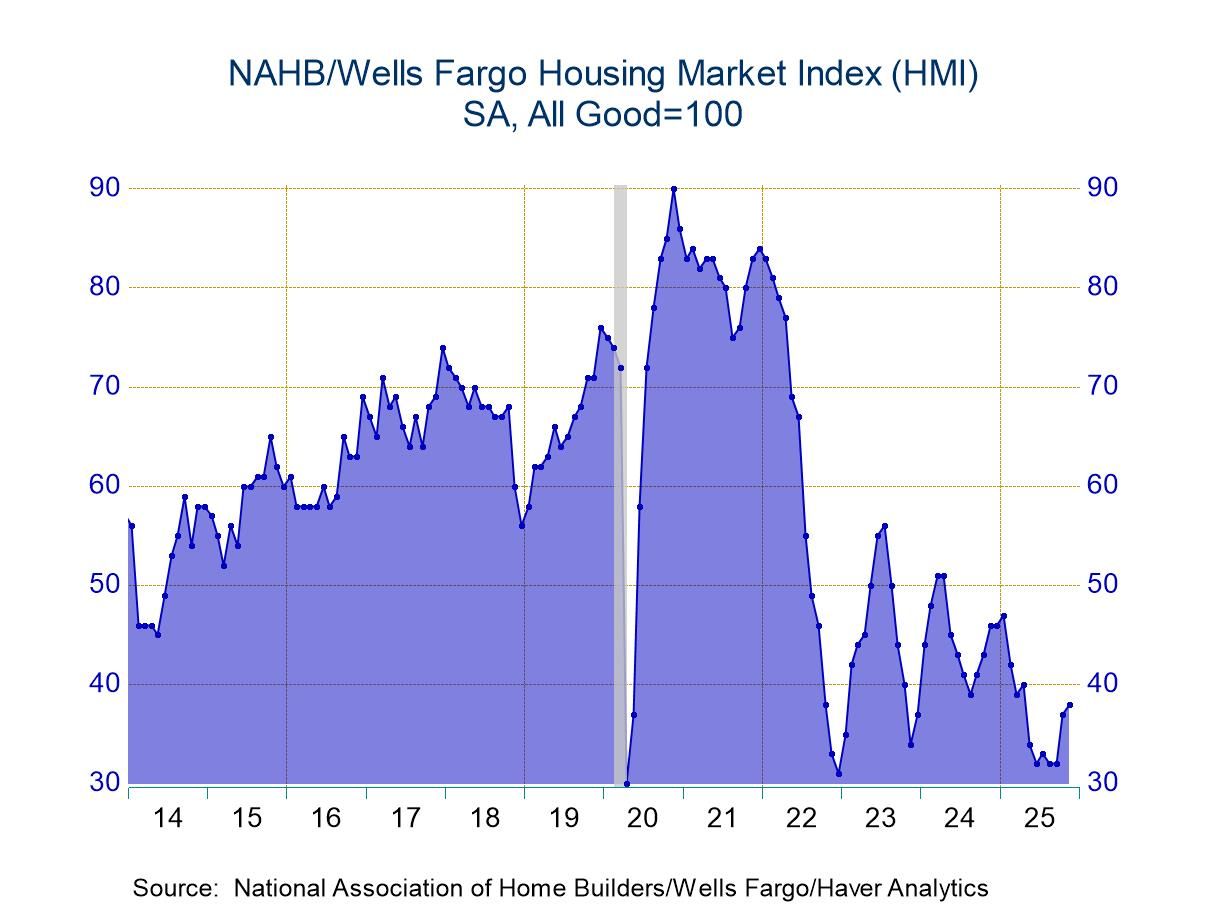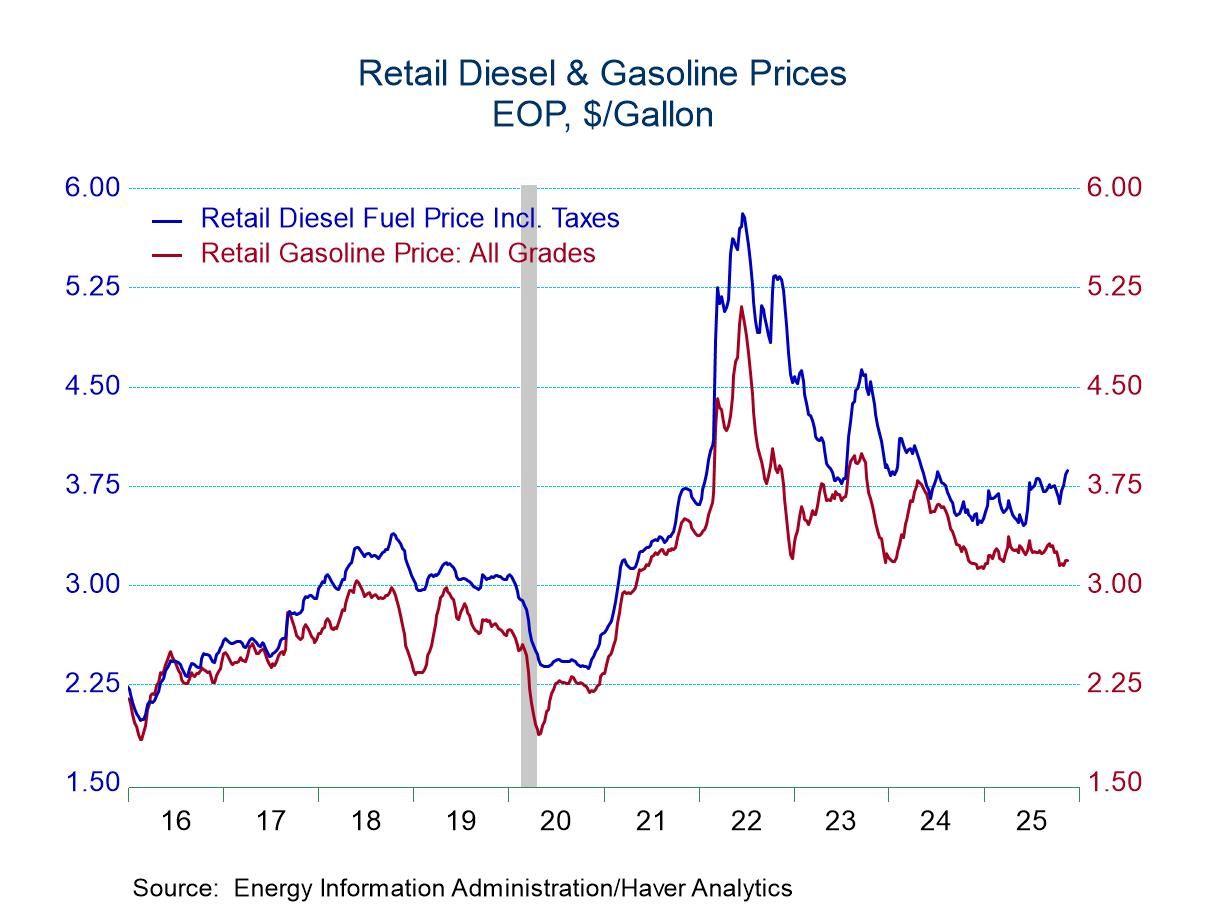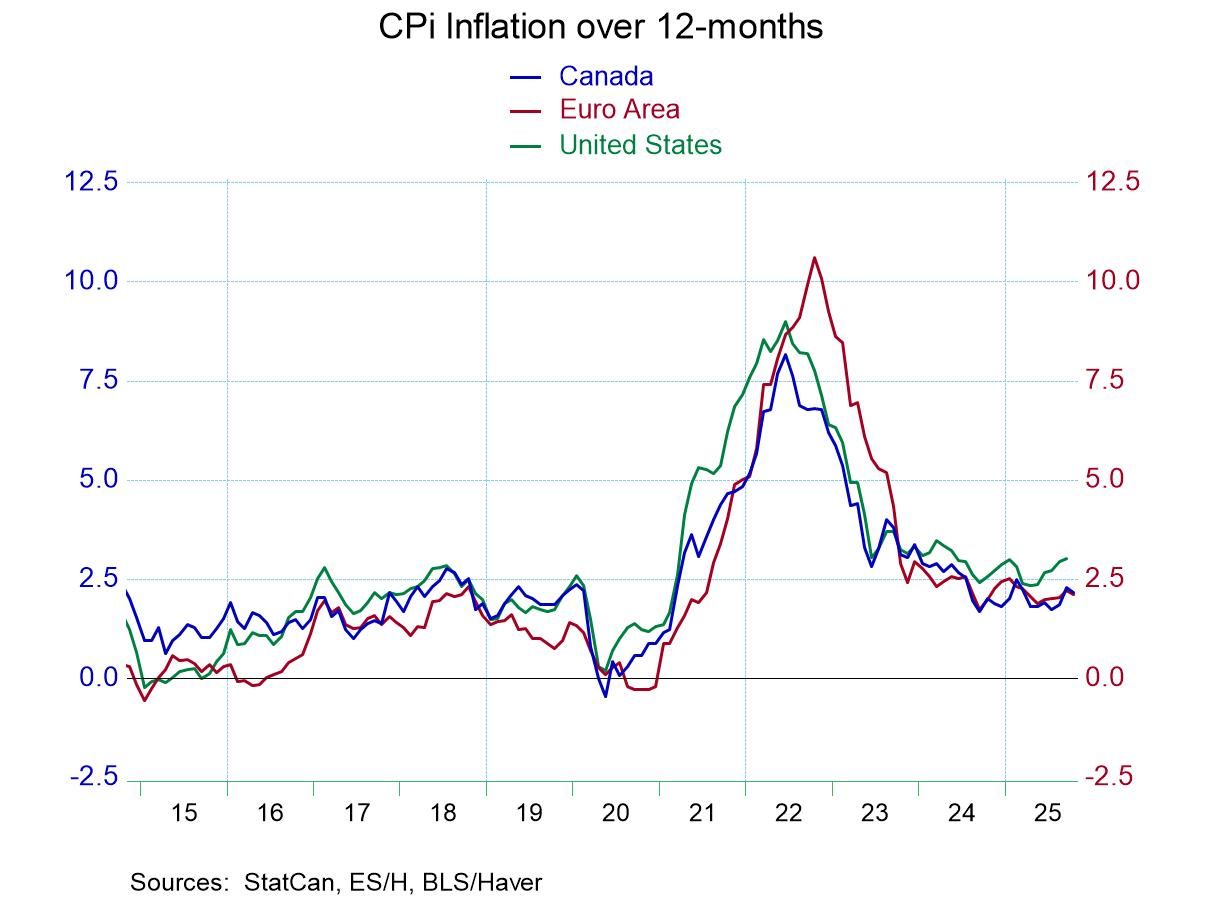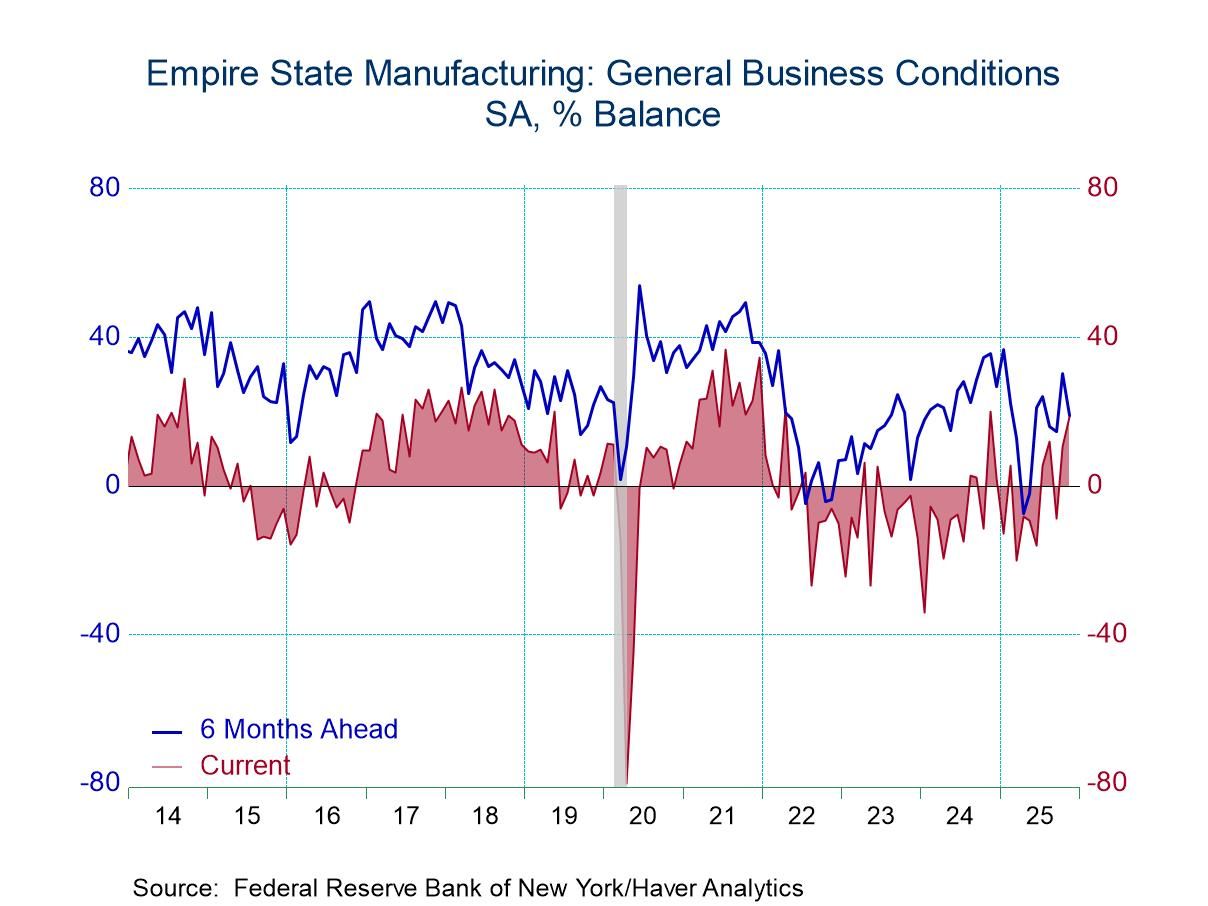National Australia Bank Survey – One Month Glimmer

The National Australia Bank (NAB) index rose in May after three straight months of declining breaking a string of weakness. However, sequential changes still show declines on balance over 12 months, six months and three months. The level of the current index ranks only in its 32.6 percentile on data back to early 2003. The ranking of the three-month moving average is in its 17.6 percentile and for the 12-month moving average the ranking is in its 20th percentile. The index clearly is weak and it has been weak for a while; however, forward orders suggest that there may be some improvement in train, although that reading too remains with a weak, though improving, ranking.
Bad breadth... The indexes and the components of the Australian index show broad based weakness over three months, six months and 12 months. Over recent months proving characteristics have shifted to be slightly more positive. As in March, 68.8% of the categories showed improvement month-to-month, in April only 18.8% showed monthly improvement while in May over 60% showed improvement. However, the monthly data are in sharp contrast to the sequential data where three-month trends show only 18.8% of the categories improving, only 37.5% improving over six months, and compared to a year ago only 25% are improving. So, the Australian index definitely chronicles a lot more weakness in train despite the fact there may be some hints of improvement or, at least, less weakness, creeping in.
Weak, in a long historic context as well Among the 13 categories in the index, there are only six of them that have queue percentile standings above the 50% mark, a level that indicates they're above their historic medians; three of those firmer observations signal excessive price pressures coming from labor costs, purchase costs, and prices-outright. Interestingly, Australia continues to show exports and export sales as above median despite the hostile global environment with tariffs rising and trade wars threatening Australia also shows an above median reading for capacity utilization.
On balance, the report is not very reassuring although there is an increase in the overall index in May and there are slightly weaker decelerations in the three-month and 12-month moving averages, but those are more cases of less weakness in train than evidence of any outright improvement occurring. The NAB index continues to be a downbeat reading on the Australian business situation although the resilience in the export categories is something of note.

Robert Brusca
AuthorMore in Author Profile »Robert A. Brusca is Chief Economist of Fact and Opinion Economics, a consulting firm he founded in Manhattan. He has been an economist on Wall Street for over 25 years. He has visited central banking and large institutional clients in over 30 countries in his career as an economist. Mr. Brusca was a Divisional Research Chief at the Federal Reserve Bank of NY (Chief of the International Financial markets Division), a Fed Watcher at Irving Trust and Chief Economist at Nikko Securities International. He is widely quoted and appears in various media. Mr. Brusca holds an MA and Ph.D. in economics from Michigan State University and a BA in Economics from the University of Michigan. His research pursues his strong interests in non aligned policy economics as well as international economics. FAO Economics’ research targets investors to assist them in making better investment decisions in stocks, bonds and in a variety of international assets. The company does not manage money and has no conflicts in giving economic advice.






